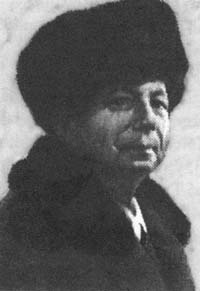Chess study 2
Leopold Mitrofanov Study
In one of the Q&A videos that Peter Svidler did for chess24.com, he has been asked to name his favourite chess study.
And ever since watching that video, the Leopold Mitrofanov study he has demonstrated has been etched into my brain.
Because the study is extremely beautiful and extremely paradoxical.
Mitrofanov composed the study in 1967 for the Rustaveli tournament. Among the 250 members of the jury, Mikhail Tal himself was sitting.
Consequently, the study won the first prize. And since the solution impressed everybody, someone nicknamed the study as “The study of the millenium.”
Unfortunately, chess sceptics discovered a serious flaw in the original study.
Fortunately, Caissa doesn’t destroy her most beautiful creations rather easily. Soon chess composers discovered a variation of the study with the virtually same solution.
Therefore, while the original had the knight on f3, in the diagram position the knight finds itself on g2. I will explain the reason behind the knight transfer in this post.
THE MITROFANOV STUDY – PROBLEM
This is probably one of the most famous chess studies ever. Due to its beauty and brilliancy, it is also known as the “Study of the Millenium”. Although I am not a very big fan of chess composition, I think studying this one is a must for any self-respectable chess player..
MITROFANOV’S BAD LUCK
However, the story about the study doesn’t end here. Because he original variation of the study was given by Mitrofanov with the black knight on f3 instead of g2. Although it is ture that he also gave variations with the knight on g2, and even with the White rook already captured on e1.
I will try to give a brief chronology about how the refutation of the diagram position came to be. The most of the story is taken from Tim Krabbe’s excellent monograph about the study.
1970 – Refutation part one
Initially, it was not until the year 1970 and the effort of the Soviet master Alexander Kuindzhi that any talk about the refutation existed. But in 1970 he had found a refutation.
1999 – Refutation part two
The dispute didn’t end here. In September of 1999, the Dutch Champion Ron Kuijf found the “refutation of the refutation”.
In the line A above, instead of 5 Qg8, White plays 5 Kc6!
Did it mean that Mitrofanov was lucky after all?
1999 – slightly later – Refutation part three
Alas, it was not meant to happen with the knight on f3. Because a chess endgame composer under the name of the Harold van der Heijden put a final nail in the coffin with his discovery.
Consider once again the following diagram:
That finally concludes this rather long report. It is amazing how deep this study actually is. The modern chess engines have somewhat killed this romantic stories when multiple generations of chess composers sought the ultimate chess truth. Since the modern computer is more than powerful of finding all the subtleties of this amazingly beautiful, rich and deep piece of chess composition.

